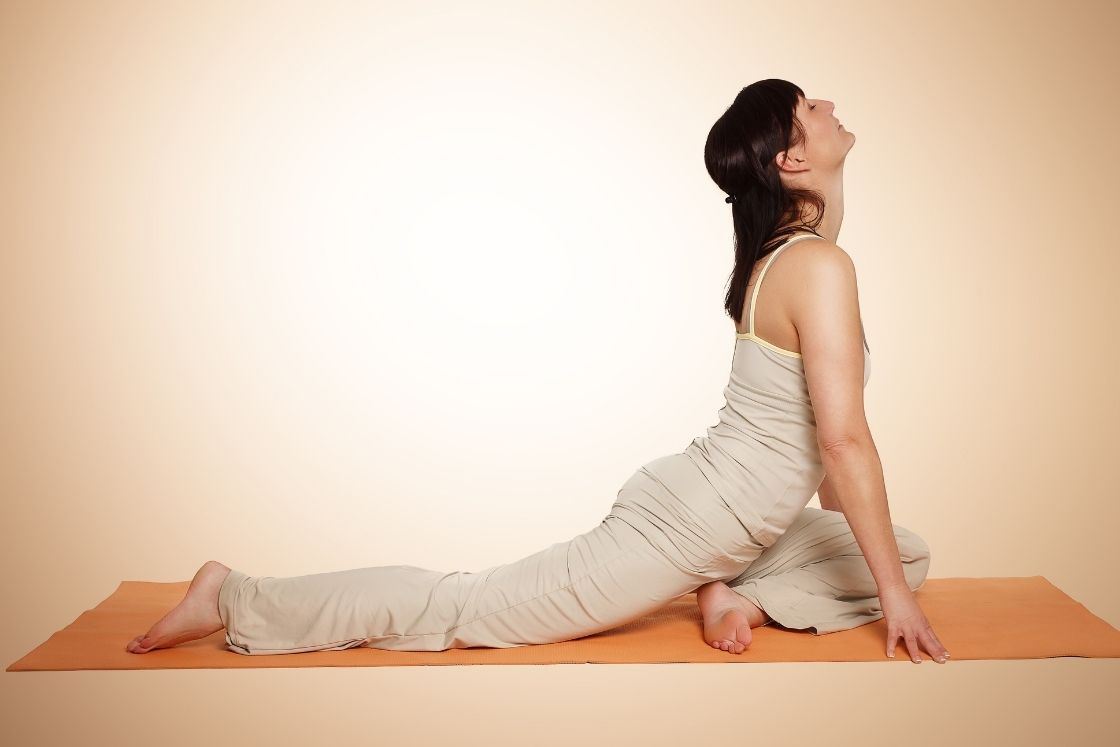The best chateaux to visit in France’s Loire Valley
Grandeur awaits along one of France’s great rivers in the shape of manicured gardens, hills strewn with vineyards and elegant abodes

Sign up to Simon Calder’s free travel email for expert advice and money-saving discounts
Get Simon Calder’s Travel email
Think of the French countryside, and you think of chateaux. They come in as many different styles as there are pastries in Paris, from medieval fortresses to fairytale castles, royal palaces to lovely country manors, but in all you’ll find a rousing sense of history and culture.
They can be found all over the country, but nowhere has such a dense collection as the Loire Valley, the slow-paced, beautiful region of France that seems to embody art de vivre. So dotted with chateaux is it, that a large stretch of the area is listed as a Unesco world heritage site in honour of its great architectural monuments. For any holiday here, by campervan or car, hiking or two-wheeling, chateaux are inescapable, much like the great food and wine tastings – together, they're a quintessential Loire experience.
From the pinnacle of the French Renaissance chateau to lesser-known (and petite) outposts, and offering activities from wine-tasting through to spas, here are some of the best chateaux to visit in the Loire Valley.
Chateau de Villandry
Villandry’s garden is considered one of the finest in France
(Chateau de Villandry)
This imposing country pad was the last major Loire chateau built during the Renaissance, when Jean Breton – one of King Francis I’s ministers – transformed a feudal fortress by bringing in a swathe of Italian and French architectural elements: decorated pilasters, the steep sloping roofs and a gallery with arcades. Owned by the same family since 1906, tours take guests through restored salons filled with vintage Spanish art and collections charting the family’s history; the 15th-century Hispano-Moorish ceiling in the drawing room, brought back from Toledo, Spain, in 3,600 pieces and put together over 12 months, is an unexpected delight.
Villandry’s six landscaped gardens are the real showstopper. A vast of kitchen garden laid out in geometric shapes is tended to by a team of gardeners who get down to trim the edges by hand, and is best seen from the rooftop, while paths lead to slightly – but only just – less-formal patches of cascading blooms and rows of lime trees.
Read more on France travel:
Chateau du Rivau
Serious Disney castle vibes at Chateau du Rivau
(Ben Parker)
Join the peacocks and roam freely. There’s some formality around the grounds here, but overall it’s shot through with a less-than-serious eccentricity, especially with the modern art: a caged merry-go-round horse, trees equipped with huge metal legs, a giant pair of Wellington boots. The do take the flowers seriously, with 12 separate gardens (all inspired by literature) and a collection of more than 300 types of roses. Art is also a priority for owner Patricia Laigneau, who curates exhibitions inside the fairytale castle; work by Fabien Verschaere, Cat Loray and Frans Krajcberg has previously been featured.
As for the chateau itself, it’s bijou compared to some in the Loire but as enchanting as the gardens. Its history weaves in tales of royal marriages and Joan of Arc, but today it is a lovely, unassuming place to lay your head. Dine on refined French cuisine using ingredients from the garden where possible, paired with local wines, at the Le Jardin Secret restaurant.
Rooms available from{{#price}}{{price}}per night{{/price}}{{^price}}Check availability for dates and prices{{/price}}
{{#amenities}}
Hotel Amenities
Food & Drink
{{#amenities.foodDrink}}{{.}}{{/amenities.foodDrink}}{{/amenities.foodDrink.length}}{{#amenities.internet.length}}Internet
Please check hotel for more information on amenities
Services
{{#amenities.services}}{{.}}{{/amenities.services}}{{/amenities.services.length}}{{#amenities.parking.length}}Parking
Please check hotel for more information on amenities
Health & Wellbeing
{{#amenities.health}}{{.}}{{/amenities.health}}{{/amenities.health.length}}{{/amenities}}
Chateau de Valmer
With a chateau no longer there, Valmer is all about its garden and wine
(Léonard de Serres)
When is a chateau not a chateau? When it’s been destroyed by a fire, as happened to Chateau de Valme in 1948. On the foundations are walls of hedges of various heights, which replaced the ruined walls that remained after the blaze. So instead of a period property, visit to gaze over La Brenne Natural Park – the 300-acre estate sits on a slope facing it – and the Renaissance terraced gardens, vineyard and ancient trees.
The vines that surround the gardens grow in clay-limestone soil, which allows all the elements of chenin grapes to shine through. The wines produced here, such as the Touraine rosé and the vouvray, are made for chasing the long summer sunsets, and pair wonderfully with herbs and flowers from the kitchen garden. Ask to see the semi-buried cellars for a peek at vinification.
Access unlimited streaming of movies and TV shows with Amazon Prime Video
Sign up now for a 30-day free trial
Access unlimited streaming of movies and TV shows with Amazon Prime Video
Sign up now for a 30-day free trial
Chateau Louise de La Valliere
Like any self-respecting chateau, Louise de La Valliere has a well-kept garden
(Eric Sander)
For something that truly transports you back centuries – think the Grand Siècle, the reigns of Louis XIII and XIV – head for Château Louise de La Valliere, which opened following a multi-year, top-to-toe refurbishment at the end of 2022. Much of the property dates back to the 16th century, and was for a long time used by local lords when they ventured out of Tours (the city is now a 30-minute drive away).
Interior designer Jacques Garcia has done a brilliant job in bringing together period furnishings with sensitive anachronisms, plus grand paintings and tapestries, and there’s an injection of camp courtesy of the staff’s period costumes. The spa, with heated pool and treatment rooms, is thoroughly modern though. If you’re on a wine odyssey through the region, there are four tasting sessions each week – booking is essential.
Rooms available from{{#price}}{{price}}per night{{/price}}{{^price}}Check availability for dates and prices{{/price}}
{{#amenities}}
Hotel Amenities
Food & Drink
{{#amenities.foodDrink}}{{.}}{{/amenities.foodDrink}}{{/amenities.foodDrink.length}}{{#amenities.internet.length}}Internet
Please check hotel for more information on amenities
Services
{{#amenities.services}}{{.}}{{/amenities.services}}{{/amenities.services.length}}{{#amenities.parking.length}}Parking
Please check hotel for more information on amenities
Health & Wellbeing
{{#amenities.health}}{{.}}{{/amenities.health}}{{/amenities.health.length}}{{/amenities}}
The double-spiral staircase is one of the highlights of Chambord
(Sophie Lloyd)
This is the symbol of the Renaissance, certainly in the Loire Valley, and it’s simply magnificent. The design blends medieval forms with distinctly French styles of the 15th to 17th centuries, so bastion towers dominate the corners of the central keep but the roofscape has Italian and Leonardesque influences (it’s said that when King Francis I commissioned Chambord, he wanted it to look like the skyline of Constantinople). Inside, the double-spiral staircase at the centre is a piece of architectural theatre where you can see others walking up (or down) but never pass them. In total, there are more than 800 sculptured columns to be found.
Nine of the rooms have been digitally restored, meaning visitors can rent a HistoPad tablet to see how they would have looked at various points in history. Explore the wooded park when you’re finished with the chateau – the green space and game reserve spans around 13,000 acres, which is larger than central Paris. This chateau is a true monument to French elegance and splendour.
Chateau de Fontenay
A huge estate, wine tours and locally sourced breakfasts await at Chateau de Fontenay
(Chateau de Fontenay)
The roots of this chateau, on the banks of the Cher river, stretch back to 1680 but the original structure was lost to a fire during the Franco-Prussian war two centuries later. Fortunately, it was later rebuilt almost exactly as the original – which is how you’ll find it today. Wine’s the big draw – the estate produces wine from its 30 acres of vineyards, with all varieties made using traditional methods (and the final product allows the Loire’s “history-infused terroir to be expressed”, they say). Visitors can tour the vines, wineries and cellars,
There are four rooms for guests inside the chateau – featuring marble fireplaces, traditional country house furnishings and views over the grounds – with a breakfast menu filled with produce from the estate (eggs, juice, jams and patisserie) included. There are also former outbuildings that have been refurbished into cottages.

 FrankLin
FrankLin 
























![Are You Still Optimizing for Rankings? AI Search May Not Care. [Webinar] via @sejournal, @hethr_campbell](https://www.searchenginejournal.com/wp-content/uploads/2025/06/1-1-307.png)







